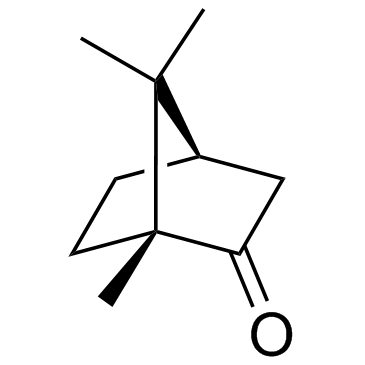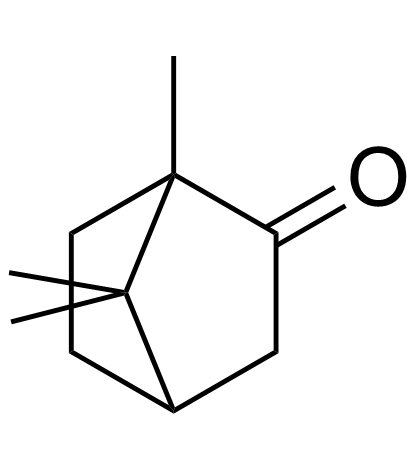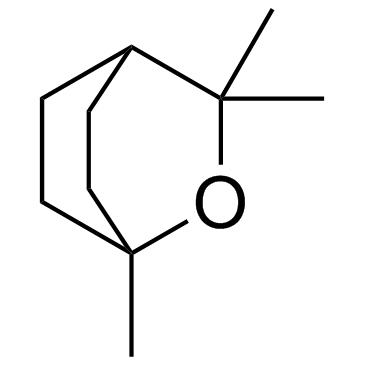| Structure | Name/CAS No. | Articles |
|---|---|---|
 |
(-)-Borneol
CAS:464-45-9 |
|
 |
Isoborneol
CAS:124-76-5 |
|
 |
(+)-Camphor
CAS:464-49-3 |
|
 |
(±)-Camphor
CAS:464-48-2 |
|
 |
(+/-)-Camphor
CAS:76-22-2 |
|
 |
Cineole
CAS:470-82-6 |
|
 |
(+)-Borneol
CAS:464-43-7 |